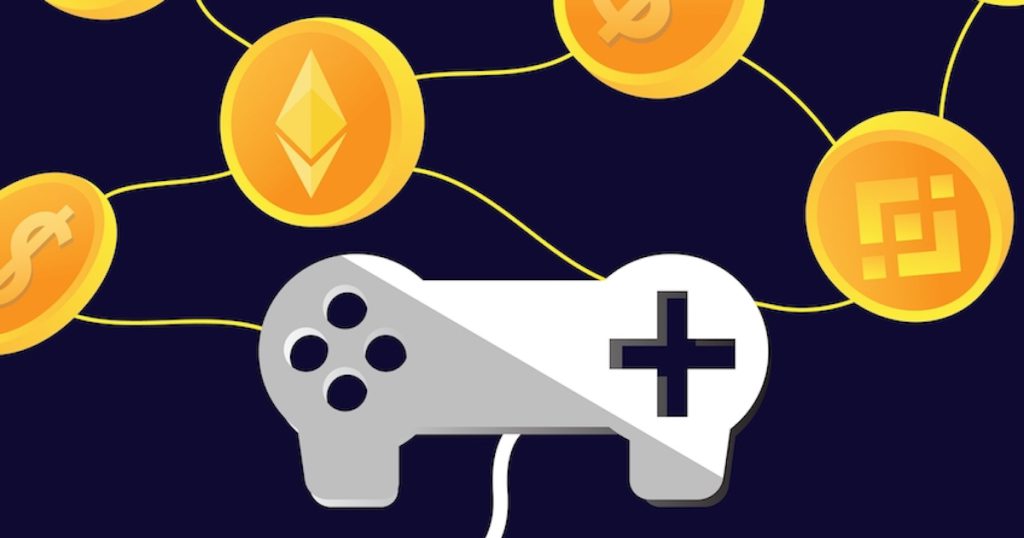DAG: The next tipping point in the blockchain industry?

Image source: u.today
What is DAG?
DAG is an abbreviation of Directed Acyclic Graph, a direct image data structure that uses topological sorting. This kind of data structure can find the optimal solution in data compression, so it is widely used in data processing and other fields in practice. In general, each node in the DAG structure is connected together by an edge with a specific direction to eliminate the possibility of any loop. Therefore, DAG can be intuitively understood as a directed graph without loops.
- Wuzhen Review: From Defi to MOV
- Anime coin scuffle: What have you been busy with in each of these two months?
- From "after-the-fact forensics" to "synchronized deposit certificate", the change of procuratorial handling mode brought by blockchain technology

Figure: Intuitive interpretation of DAG, image source: Medium
Principle of DAG
In the structure of the DAG, each transaction must confirm the other two transactions before it is processed and confirmed. Of course, the processing and validation of any transaction is the responsibility of all nodes. This approach not only confirms every new transaction, but also indirectly verifies all transactions. Each transaction initiator does not need to pay for the confirmation of its own transaction, because the trader also needs to consume his own computing power to verify other transactions.
Unidentified transactions are often referred to as tips throughout the network. An algorithm called Markov Chain Monte Carlo ensures that each tip cannot be self-verified. Therefore, in order to be confirmed by themselves, these tips have to confirm other transactions.
The difference between DAG and blockchain
If the blockchain technique is built on a vertical structure, the DAG can be thought of as being built on a horizontal structure. In the blockchain workload proof mechanism, only miners use mining methods to identify new blocks and attach new blocks to the latest chain. Moreover, blocks cannot be created at the same time, and each block is created in about 10 minutes.
In contrast, there is no concept of “blocks” in the DAG system: transactions and transactions can be directly linked without the need for blocks. Once there is no block, the mining process has lost its meaning, and the miners are “unemployed” in the DAG system. Compared to the blockchain, the structure of the DAG is more like a maze network diagram of a multi-party transaction.

Figure: The difference between DAG and blockchain, image source: Medium
Commonality between DAG and blockchain
Although there are some differences between DAG and blockchain, in essence, DAG comes from the idea of sidechain and still has the attributes of blockchain. Therefore, as a distributed database based on peer-to-peer network, DAG is still a mechanism for distributed decision verification.
Confirmation interval
Confirmation confidence is a very important concept in the DAG structure and an important indicator for measuring the acceptance of a transaction. The specific calculation is divided into three processes: 1) running the tip screening algorithm 100 times 2) calculating the number of tips that agree to the transaction 3) the percentage obtained by dividing the number by 100 is the confirmation interval. In other words, the confirmation interval is the percentage of tip in a transaction confirmation process.
The concept of DAG based on the confirmation interval largely solves one of the problems of the Bitcoin blockchain: scalability issues. In theory, in the DAG structure, as the network nodes and processed transactions increase, the future transaction volume processing speed will be faster.
Conclusion
As a direct image data structure that uses topological sorting, DAG largely solves the scalability problem faced by the Bitcoin blockchain. For the moment, the IoT Chain is a good example of DAG technology, with 10,000 transactions per second. Therefore, with the continuous development of DAG technology, "transaction speed" and "transaction cost" will no longer be a dilemma for the blockchain.
Article Source:
Blockchain 3.0: The future of distributed ledger technology?
source:
Https://www.forbes.com/sites/shermanlee/2018/01/22/explaining-directed-acylic-graph-dag-the-real-blockchain-3-0/#12a75173180b
Author: Demelza Hays
We will continue to update Blocking; if you have any questions or suggestions, please contact us!
Was this article helpful?
93 out of 132 found this helpful
Related articles
- Zhongan Technology Li Xuefeng: Based on insurance, using blockchain to innovate industrial applications
- Observation|Ternary Paradox: The Dilemma of Current Blockchain
- Viewpoint: Fuzzy of Business Boundary and Evolution of Blockchain Pattern
- Industry Weekly | Last week, 7 new financing projects in the blockchain, and 5 domestic support policies were introduced.
- Wuzhen·Huawei Zhang Xiaojun: Blockchain is to save costs, not to generate revenue
- Opinion | ENS: Why ENS does not create more top-level domains
- "Blockchain +" is here! Who will create great products of the new era?






